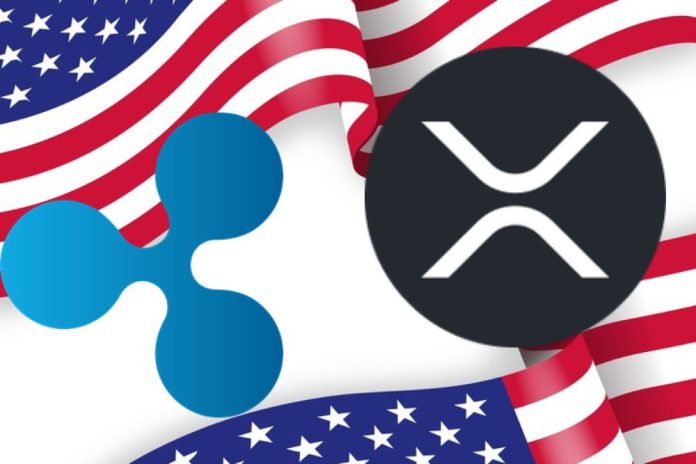Amelie (@_Crypto_Barbie) recently shared a clip from an interview with David Andolfatto, Professor and Chair of the Economics Department at the University of Miami Herbert Business School, where he explored the possibility of the U.S. Federal Reserve delegating payment settlements to a third party like Ripple.
This intriguing proposition sheds light on how innovative financial technologies might integrate with traditional banking systems to enhance efficiency and security in monetary transactions.
Andolfatto’s insights highlight the complexities and potential benefits of such an integration. He addressed common concerns about the Federal Reserve’s involvement in the bookkeeping of digital currencies. He noted that the public trusts the Fed not to manipulate financial records unfairly.
One of the key advantages Andolfatto pointed out is the cost-effectiveness of using blockchain technology for managing payments. Compared to Bitcoin, which is often criticized for its high transaction fees and energy consumption, Ripple offers a much cheaper alternative through XRP.
Ripple’s protocol facilitates rapid and low-cost transactions, making it an attractive option for large-scale financial operations. XRP is already being used globally for large-scale transactions due to these advantages.
The Fed Coin
However, Andolfatto also acknowledged the potential downsides of the Federal Reserve managing all transactions directly. He raised concerns about the imposition of Know Your Customer (KYC) regulations and other restrictions that the Fed might enforce, which could limit the freedom of certain financial activities.
To mitigate these concerns, he suggested an alternative approach where the Federal Reserve could issue a “Fed coin” and delegate the clearing of payments to a third-party protocol like Ripple.
Andolfatto mentioned the possibility of the Federal Reserve creating Bitcoin-like digital objects and maintaining a stable exchange rate with the U.S. dollar. This strategy would eliminate exchange rate volatility, a common issue with cryptocurrencies. He elaborated, “They could delegate the clearing of these payments to some third party, like a Ripple-like protocol or even Bitcoin.”
We are on twitter, follow us to connect with us :- @TimesTabloid1
— TimesTabloid (@TimesTabloid1) July 15, 2023
The Future of Finance in the U.S.
The potential of integrating Ripple’s technology with the Federal Reserve’s operations presents a significant shift in how financial transactions could be managed in the future.
Andolfatto also touched on the broader implications of such technological advancements. He noted that while this concept is currently speculative, it opens up avenues for further exploration and innovation in the financial sector.
Experts already see XRP as the future of finance, and by leveraging blockchain technology and third-party protocols, traditional financial institutions like the Federal Reserve can modernize their operations and offer more robust and flexible services to the public.
Disclaimer: This content is meant to inform and should not be considered financial advice. The views expressed in this article may include the author’s personal opinions and do not represent Times Tabloid’s opinion. Readers are urged to do in-depth research before making any investment decisions. Any action taken by the reader is strictly at their own risk. Times Tabloid is not responsible for any financial losses.
Follow us on Twitter, Facebook, Telegram, and Google News


